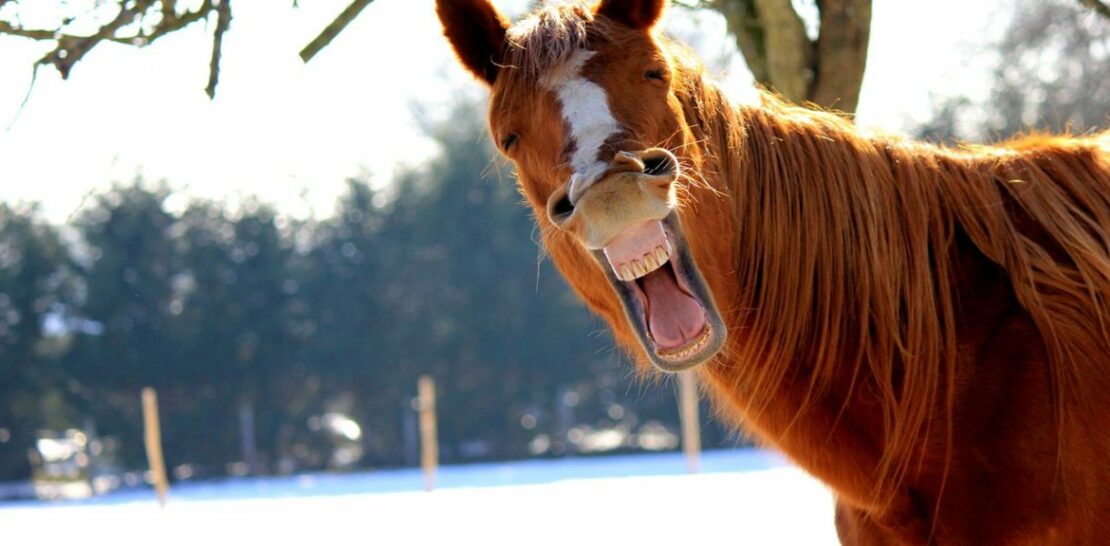Are you an animal lover?
Do you consider yourself an expert on the animal kingdom?
It’s time to put your knowledge to the test with this comprehensive and fascinating true/false animal quiz that will surprise and challenge even the most knowledgeable wildlife enthusiasts.
From the depths of the ocean to the highest peaks, this quiz will take you on a journey through the diverse and captivating world of animals while debunking common misconceptions and revealing lesser-known facts.
So, buckle up and get ready to explore the wild kingdom!
Section 1: Intriguing Insects and Alluring Arachnids
Let’s begin our exploration of the animal kingdom by delving into the fascinating world of insects and arachnids. This section will challenge your understanding of these often misunderstood creatures and reveal some surprising truths about their extraordinary abilities and behaviors.
True or False: All insects have six legs.
Answer: true. Insects, which belong to the class Insecta, are characterized by their three-part body (head, thorax, and abdomen), a pair of antennae, and three pairs of legs, totaling six legs. This distinctive feature sets them apart from other arthropods and plays a crucial role in their mobility and survival.
True or False: Spiders are insects.
Answer: false. Although spiders and insects share some similarities, they belong to different classes within the phylum Arthropoda. Spiders are part of the class Arachnida, which also includes scorpions, ticks, and mites. One significant difference between insects and arachnids is the number of legs: while insects have six legs, arachnids possess eight legs.
True or False: Some insects can survive being frozen.
Answer: true. Incredibly, certain insect species have developed unique physiological adaptations to withstand extreme cold temperatures. For instance, the Arctic woolly bear moth caterpillar can survive being frozen for weeks or even months, thanks to a high concentration of glycerol in its body, which acts as a natural antifreeze. Once the temperature rises, the caterpillar thaws and resumes its normal activities.
Section 2: A Dive into the Deep: Mysteries of the Marine World
The ocean covers more than 70% of our planet and harbors an astounding diversity of life. In this section, we will explore some of the most remarkable and enigmatic marine creatures, as well as debunk common myths about these denizens of the deep.
- True or False: Octopuses have three hearts.
- True or False: Seahorses are poor swimmers.
- True or False: Jellyfish are immortal.
Answer: true. Octopuses, which are cephalopods and among the most intelligent invertebrates, possess a unique cardiovascular system that includes three hearts. Two of these hearts, known as branchial hearts, pump blood through the gills, while the third, the systemic heart, circulates blood throughout the rest of the body.
Answer: true. Despite being marine creatures, seahorses are known for their relatively weak swimming abilities. Their unique body structure, which includes a vertical orientation, a prehensile tail, and a small dorsal fin, enables them to maneuver gracefully through their environment but limits their swimming speed. Consequently, seahorses rely on their excellent camouflage skills to evade predators and ambush prey.
Answer: false (with a caveat). While most jellyfish species have a finite lifespan, one particular species, Turritopsis dohrnii, is known as the “immortal jellyfish” due to its ability to revert to its juvenile form after reaching maturity. This process, called transdifferentiation, essentially allows the jellyfish to start its life cycle anew, potentially indefinitely. However, this does not make them truly immortal, as they can still fall victim to predation, disease, or environmental stressors.
Section 3: A Roaring Good Time: Surprising Facts and Misconceptions about Mammals
Mammals, the class of animals to which humans belong, are often seen as the epitome of the animal kingdom. In this section,we will uncover some lesser-known facts about these warm-blooded creatures and challenge popular misconceptions about their behaviors and characteristics.
- True or False: Bats are blind.
- True or False: Elephants are the only animals with four knees.
- True or False: The platypus is the only mammal that lays eggs.
Answer: false. Contrary to the popular saying “blind as a bat,” bats are not blind. In fact, they possess well-developed eyesight that can be quite effective in various lighting conditions. However, many bat species rely primarily on echolocation, a sophisticated biological sonar system, to navigate and hunt in their dark, nocturnal habitats. This incredible adaptation allows them to detect objects and prey with remarkable precision, even in complete darkness.
Answer: false. This widespread belief is actually a misunderstanding. Elephants, like most quadrupeds, have two knees located on their hind limbs, while their front limbs possess two elbow joints. While the joints in their front limbs may appear similar to knees due to their unique structure and flexibility, they are functionally and anatomically distinct.
Answer: false. While the platypus is indeed one of the few egg-laying mammals, it is not the only one. The platypus, along with four species of echidnas, belongs to a unique group of mammals known as monotremes. These remarkable creatures exhibit a combination of reptilian and mammalian traits, including laying leathery eggs instead of giving birth to live young. Monotremes are an ancient lineage of mammals that provides valuable insights into the evolutionary history of this diverse class of animals.
Section 4: Taking Flight: Wonders and Misunderstandings of the Avian World
Birds, with their incredible diversity, captivating songs, and unparalleled ability to take flight, have long captured the human imagination. In this final section, we will delve into the world of these fascinating creatures and shed light on some intriguing facts and myths about our feathered friends.
True or False: Ostriches bury their heads in the sand when frightened.
Answer: false. This enduring myth likely originates from the ostrich’s unique defensive behavior. When threatened, ostriches often lie low to the ground, with their long necks and heads stretched out in front of them. This posture helps them blend into their environment, as their plumage closely resembles the color and texture of the sandy soil in their natural habitats. From a distance, it may appear as if they are burying their heads in the sand, but in reality, they are merely attempting to stay hidden from potential predators.
True or False: Hummingbirds can fly backward.
Answer: true. Hummingbirds are the only birds capable of sustained backward flight, thanks to their unique wing structure and rapid wingbeats. Unlike most birds, which have a fixed shoulder joint that limits their range of motion, hummingbirds possess a ball-and-socket joint that allows their wings to rotate in a full circle. This remarkable adaptation enables them to hover in mid-air, fly forward and backward, and even fly upside-down for brief periods. This unparalleled agility makes them highly efficient and versatile flyers, able to access nectar from a wide variety of flowers while evading predators with ease.
True or False: Penguins are only found in cold climates.
Answer: false. While many people associate penguins with the frigid landscapes of Antarctica, these charismatic birds inhabit a diverse range of environments. Of the 18 recognized penguin species, only a few reside in the icy realms of the Antarctic continent. Several species, such as the Galápagos penguin, the African penguin, and the Humboldt penguin, thrive in warmer, temperate climates along the coastlines of South America, Africa, and even the Galápagos Islands.
In conclusion, the animal kingdom is an incredibly diverse and fascinating realm filled with remarkable creatures, surprising facts, and persistent myths. This true/false animal quiz has provided a glimpse into the captivating world of animals, challenging common misconceptions and revealing lesser-known truths about the amazing organisms that share our planet. As we continue to learn more about these incredible creatures, our understanding of the natural world grows deeper, fostering a greater appreciation for the intricate tapestry of life that connects us all.




